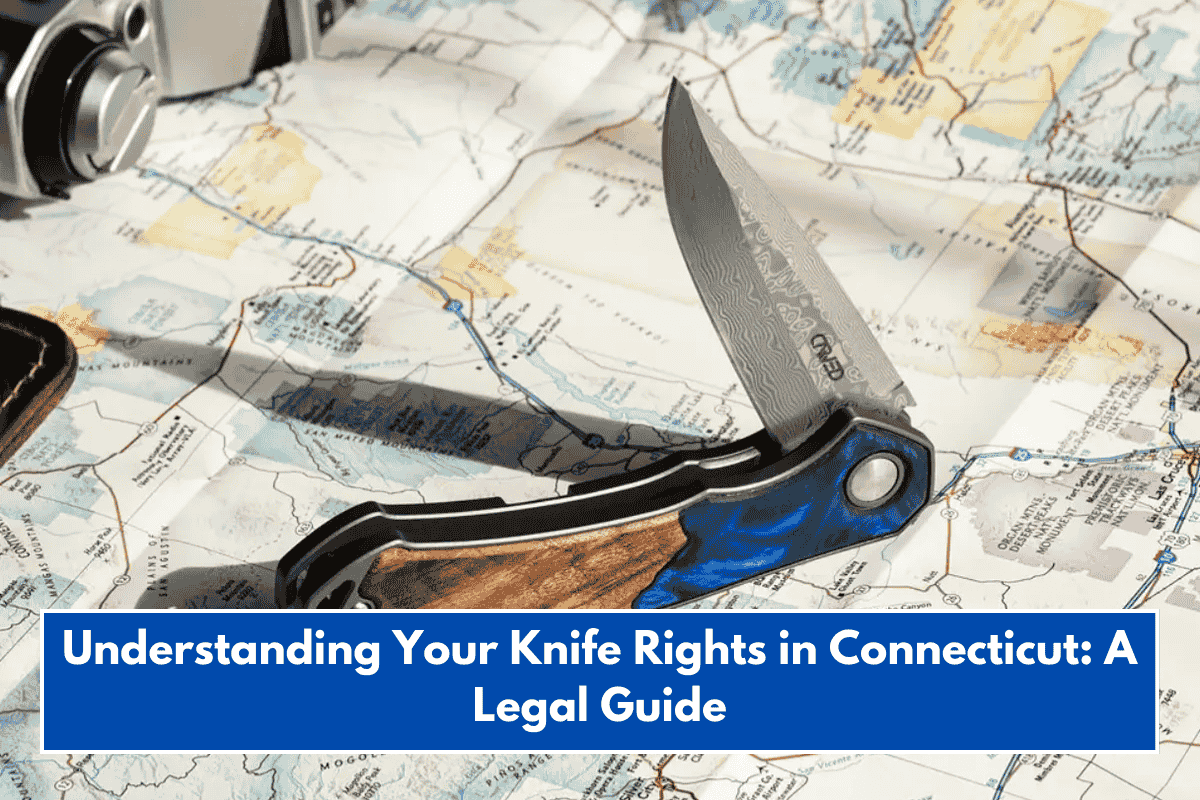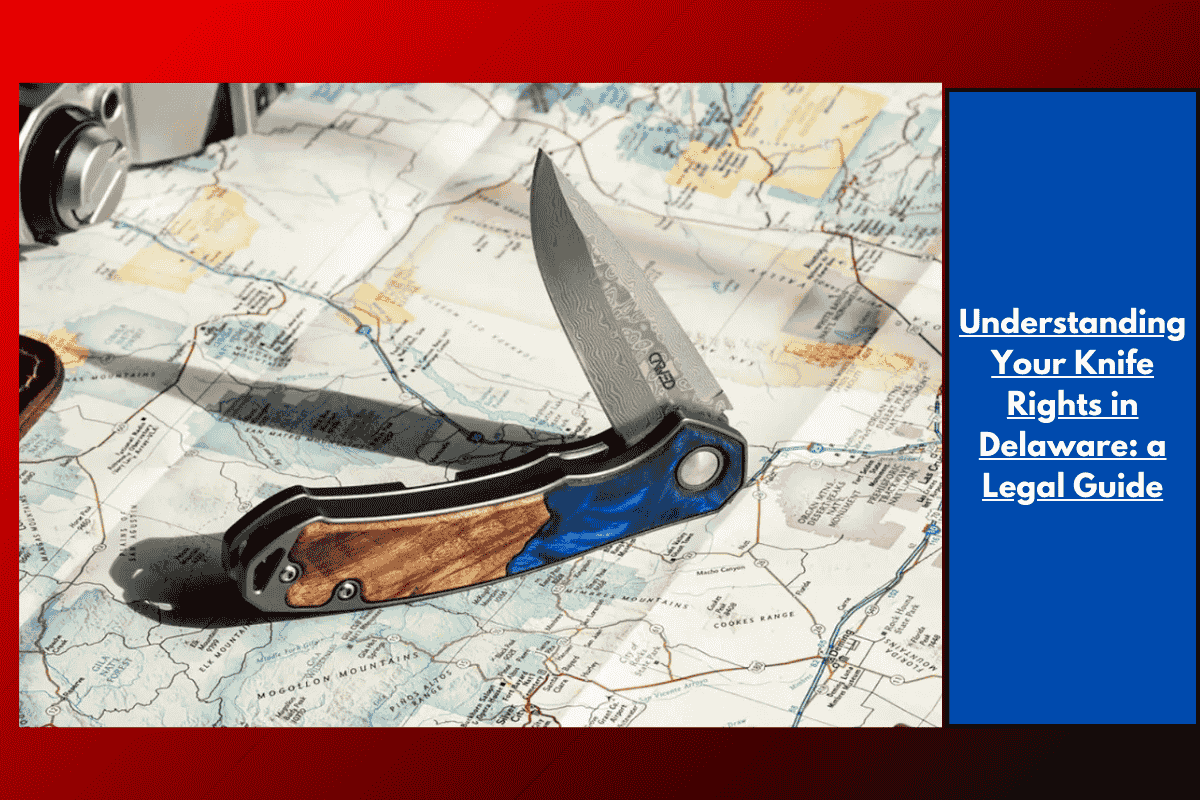Connecticut has some of the strictest knife laws in the United States, with detailed regulations on the types of knives you can own, carry, and transport. Here’s a comprehensive overview of what you need to know to stay compliant in 2025.
Legal Knives and Blade Length Limits
- General Carry Limit: It is a felony to publicly carry-openly or concealed-or possess any knife with a blade (edged portion) longer than 4 inches, unless you fall under a specific exception.
- Automatic (Switchblade) Knives: These are legal to possess and carry only if the blade is no longer than 1.5 inches. Automatic knives with longer blades are strictly prohibited.
- Other Types: Most common knives (kitchen, pocket, utility) are legal to own and carry as long as they comply with the blade length restrictions and are not carried with unlawful intent.
Where and How You Can Carry Knives
- Open Carry: Permitted for legal knives, but carrying any knife with the intent to harm or threaten is a criminal offense.
- Concealed Carry: There is no specific prohibition against carrying legal knives concealed, provided they are not used or intended for illegal purposes.
- In Vehicles: Carrying a knife with a blade longer than 4 inches or an automatic knife with a blade longer than 1.5 inches in a vehicle is a felony, unless you qualify for an exemption (such as moving household goods, repair, or certain licensed activities).
- Schools: Possession of any knife on school property is a felony, with no exceptions for blade length.
Local Ordinances and Preemption
- No Statewide Preemption: Connecticut allows cities and towns to set their own knife laws, so restrictions can vary by municipality. For example, Hartford, New Haven, and Bridgeport may have stricter rules on knife types and blade lengths.
- Always check local laws before carrying a knife in a new city or town.
Exceptions and Special Cases
- Law Enforcement and Military: Exempt from most restrictions while on duty.
- Licensed Activities: Hunters, fishers, and trappers with valid licenses may carry certain knives for lawful activities.
- Moving or Repair: You may carry otherwise restricted knives while moving household goods or transporting them for repair, provided you are doing so peaceably.
Penalties
- Violations: Carrying or possessing a prohibited knife is a Class D felony, punishable by 1–5 years in prison and up to a $5,000 fine.
- Intent Matters: Carrying any knife with the intent to harm or intimidate can lead to additional criminal charges.
Key Takeaways
- Do not carry any knife with a blade longer than 4 inches in public or in your vehicle unless you fall under a specific exemption.
- Automatic knives (switchblades) must have a blade no longer than 1.5 inches-longer blades are illegal.
- Never bring any knife onto school grounds.
- Local rules may be stricter than state law-always check city ordinances.
- Lawful intent is crucial: carrying a legal knife for self-defense, work, or recreation is generally allowed, but using or carrying with intent to harm is not.
Summary Table
| Knife Type | Max Legal Blade Length | Carry in Public | In Vehicle | Automatic/Switchblade | School Grounds |
|---|---|---|---|---|---|
| General knives | 4 inches | Yes | Yes | N/A | No |
| Automatic/Switchblade | 1.5 inches | Yes | Yes | Yes | No |
| Any knife (with intent) | N/A | No | No | No | No |
Always err on the side of caution and consult local laws or a legal professional if unsure.















Thank you for the helpful feedback. I’ll definitely give my posts a closer look to make sure everything’s accurate.